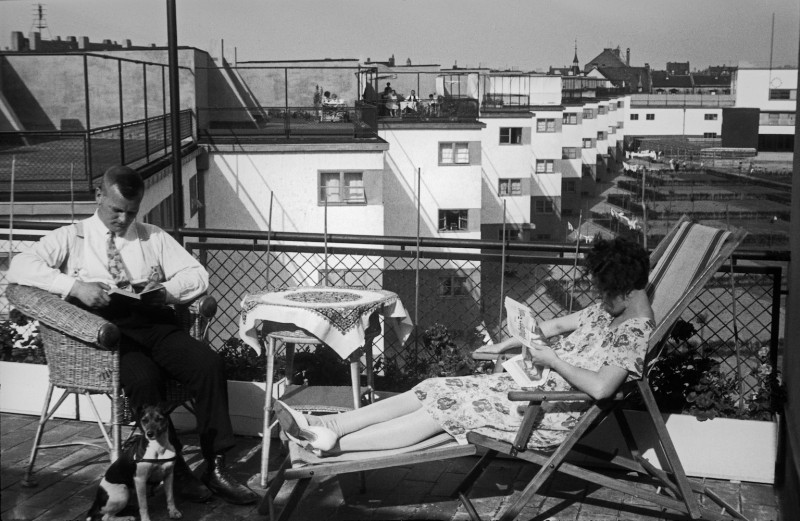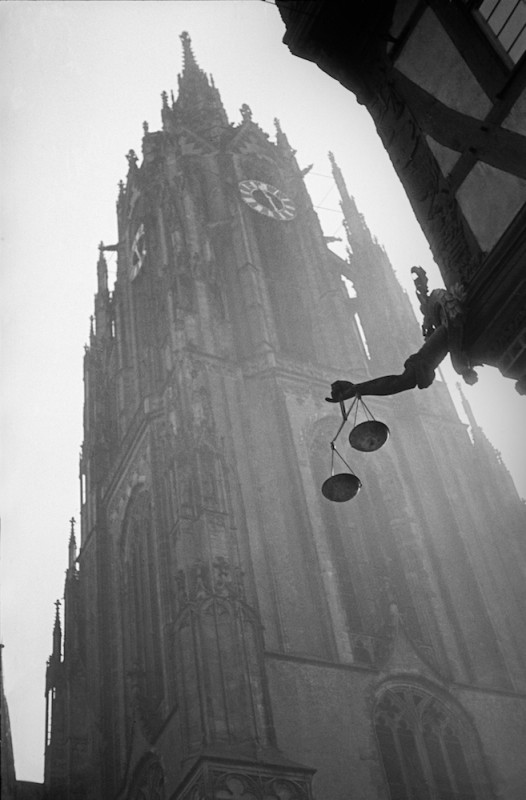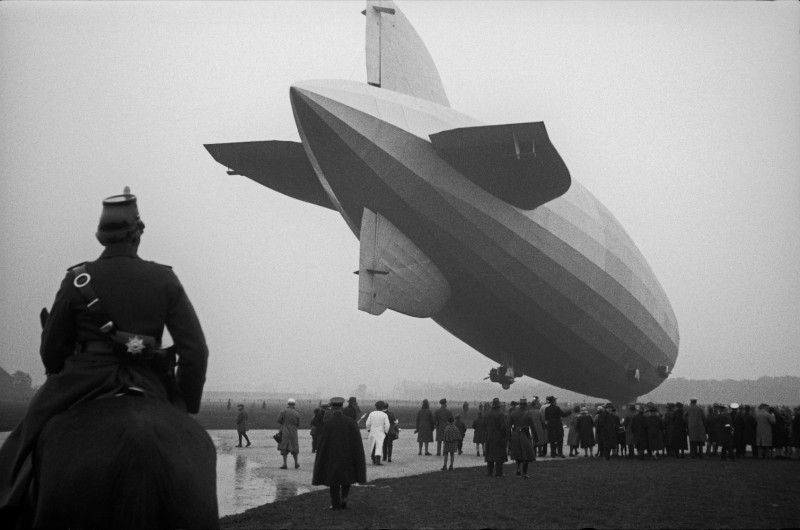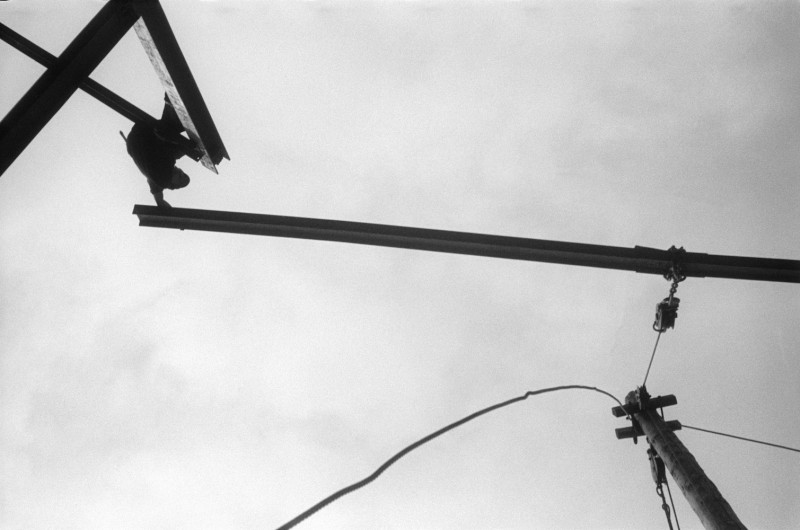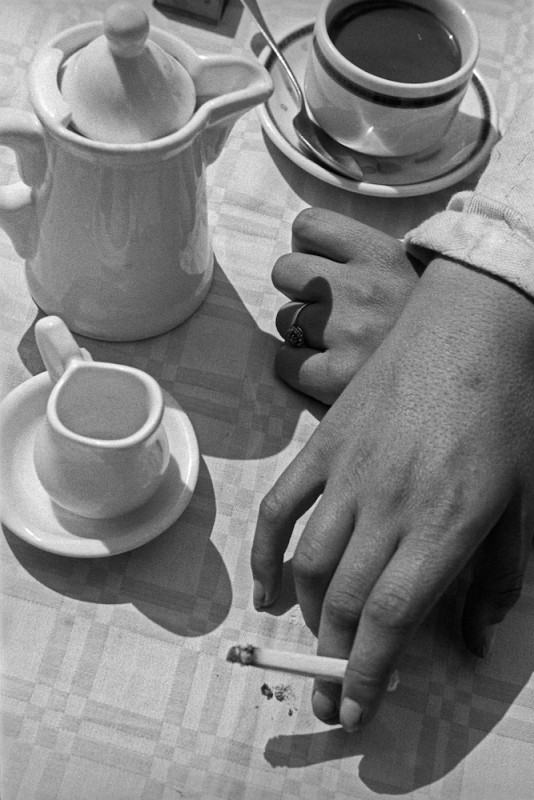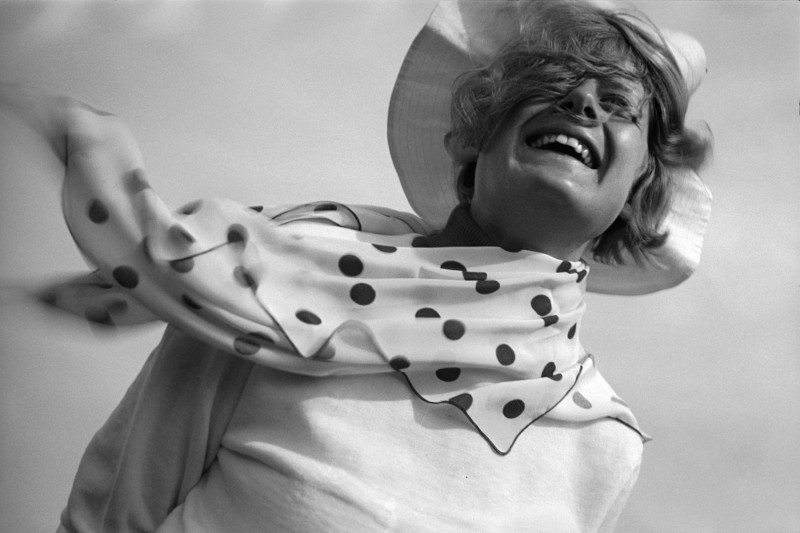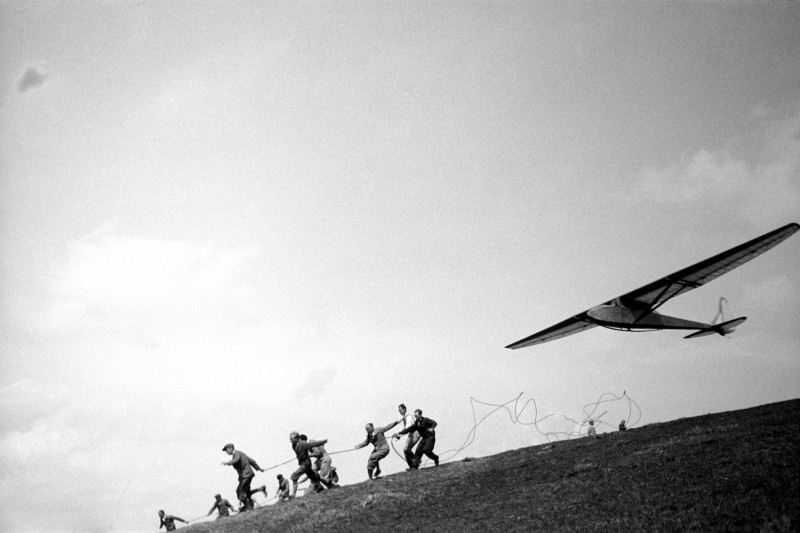Book of the Month – Light and Shadow
Book of the Month – Light and Shadow
Wolff & Tritschler
July 12, 2019
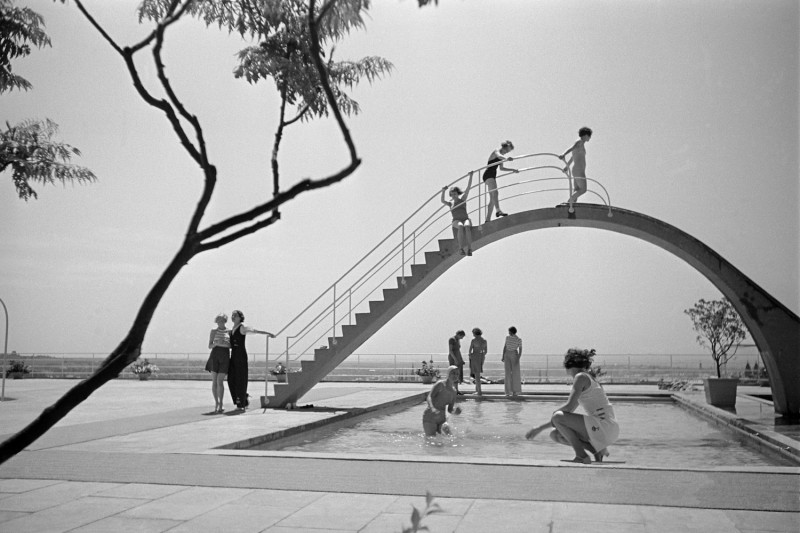
There is no question, however, that the book recently put together by Hans-Michael Koetzle represents a long-overdue milestone in the exploration of the works of Dr. Paul Wolff and Alfred Tritschler. Above all, as pioneers of the Leica, and as trendsetters for a lively style of illustrative photography and reportage, they were among the most productive of German photographers during the first half of the 20th century. Consistently working with 35mm photography, they “offered a new, dynamic way of seeing, and defined our enduring image of the technical age,” Reiner Packeiser explains in the foreword to the book, that accompanied the recent opening of an exhibition with the same title, Dr. Paul Wolff & Tritschler, at the Ernst Leitz Museum in Wetzlar. The book and exhibition are the crowning achievements following ten years of research by Hans-Michael Koetzle. Taking a critical look at Wolff and Tritschler seemed long overdue. Already in his obituary in 1951, Wolff was referred to as the “most famous German photographer”, even though he soon fell into oblivion. With good reason, Koetzle, in his opening statement, questions “why there have been to no retrospective exhibitions to date, no historical and critical monograph – in other words, a book that would deal with the photographer's controversial, much-discussed career, as well as a body of work that has no common denominator with regard to themes, form or ideology”. These questions also represent the reasons for a hesitant, new evaluation of his contradictory work.
Starting in the twenties, Wolff – not least thanks to his most important colleague, Alfred Tritschler, who joined the company in 1927 and later became part owner – managed within a few years to build up a successful company, that was able to follow societal transformations and political upheavals with apparent ease and, consequently, stand for “both change and conformity” (Koetzle). The book includes a number of chapters of German history: from the cultural upheavals during the years of the Weimar Republic, on to the era of National Socialism, all the way to the end of World War II, at which point a large portion of Wolff's archives were destroyed during an air raid. Formally and aesthetically, he swung between convention (Christmas in a farmhouse parlour in the Black Forest) and New Objectivity, homeland style and New Vision. There was a particular focus on his home town of Frankfurt on the Main, defining our perceptions of both the old and the new Frankfurt. In addition, the wanderlust images showing travels by car or by ship, and even with the Zeppelin, were a typical and important part of the company's oeuvre. It was Alfred Tritschler, in particular, who discovered a preference for travel photography and, compared to Wolff, his style was considerably more dynamic. Thankfully, the contribution and significance of Tritschler, this frequently over-looked company partner, are dealt with in depth and in a differentiated manner in the book.
As an extremely active publicist, Wolff was part of the modern media, guiding his company to incredible success both nationally and internationally. The essential reason for this lay primarily in a very modern approach to the work and the distribution. On the back side of the prints a stamp saying “for discretionary use” was often to be found. Without specific assignments, a stock of subjects and groups of motifs were photographed, which could be offered at a later date for all kinds of usage. This approach, which is now commonly known as “stock photography”, was still unusual at the time, especially with regard to the consistency and effort applied. This meant that, in its heyday, the company had around twenty employees: in addition to assistants, and workers in the laboratory, archives and bookkeeping, there were other photographers who, following the parameters set by the two owners, further increased the thematic diversity of the stock.
The book clears up many prejudices, and happily avoids an unconsidered attempt to polish up the faded Wolff mythos. There are great individual pictures to be discovered, as well as rarely-seen series and countless reproductions of his publications. From a source-critical and cultural-historical perspective, the book examines the “Dr. Paul Wolff & Tritschler” phenomenon from varying angles. With a whole slew of renowned authors, the publisher has produced an exemplary photo book, including nine chapter, a detailed chronology of their lives and work edited by Hans-Michael Koetzle, and a meticulous bibliography of photo books, Leica literature and company papers put together by Randy Kaufman. This mass of material appears in a delightfully discreet, but very appealing, design and lay-out by Alessandro Argentato. All in all, a very successful attempt to discover (or rediscover) a body of work oscillating between service provision and artistic demand, avant-garde and conformity, modernity and tradition.
Dr. Paul Wolff & Tritschler
Light and Shadow – Photographs from 1920 to 1950
Hans-Michael Koetzle (producer); with texts by Sabine Hock, Randy Kaufman, Hans-Michael Koetzle, Kristina Lemke, Günter Osterloh, Tobias Picard, Gerald Piffl, Shun Uchibayashi, Thomas Wiegand
464 pages, ca. 1,000 colour and duplex images, 24 x 29 cm, German and English version, Kehrer
The exhibition at the Ernst Leitz Museum in Wetzlar remains on display up until January 26, 2020.
Wolff & Tritschler+-
Dr. Paul Wolff, born in Mulhouse, France, on February 19, 1887, studied Medicine until 1913, and graduated in 1914. After World War I, he worked in film and as a photographer. He met Oskar Barnack in 1921, and acquired his first two Leicas in 1926. His standard work Meine Erfahrungen mit der Leica (My Experiences with the Leica) was published in 1934. In 1934, he set up a company with Alfred Tritschler, who had been working for him since 1927.
Alfred Tritschler, born June 12, 1905, trained in Photography in Offenburg, Germany, where he was born; then began studying Photo Technology in Munich in 1924. In 1927, he applied for a position at Paul Wolff's in Frankfurt. Later on, he became joint owner and, after Wolff's death on April 10, 1951, continued to run the company independently. Tritschler passed away on New Year's Eve, 1970. The company had already been taken over by a nephew in 1963. More

